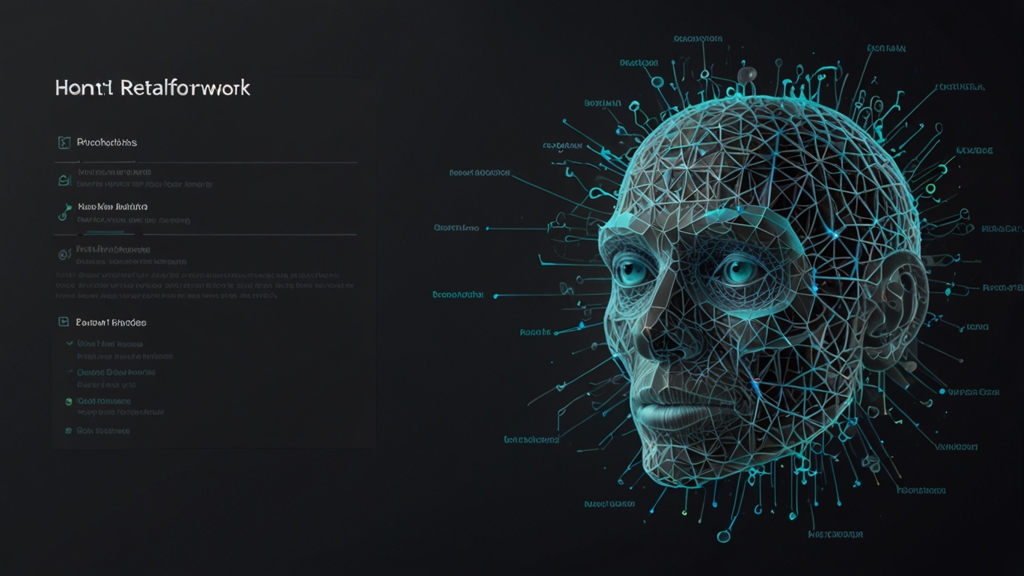The Evolution of Front-End Frameworks: A Look Back and Forward
Front-end development has seen a tremendous evolution over the last couple of decades. As web applications became more complex and user expectations increased, the demand for efficient, robust, and scalable front-end frameworks grew exponentially. This article explores the journey of front-end frameworks from their inception to their current state and anticipates what the future might hold.
The Early Days
In the early days of web development, websites were primarily a collection of static HTML pages styled with basic CSS. JavaScript was used sparingly to add tiny bits of interactivity. There were no sophisticated development tools or organized frameworks. Developers had to tackle cross-browser compatibility issues and manage tangled spaghetti code.
Things began to change with the introduction of libraries like jQuery in 2006. jQuery simplified HTML document traversing, event handling, animation, and AJAX interactions for rapid web development. It allowed developers to write less code and get more done, marking a significant step towards more streamlined front-end development.
“Write less, do more.”—jQuery's motto encapsulated the newfound efficiency in web development.
The Rise of MVC Frameworks
As web applications grew more complex, the limitations of jQuery and similar libraries became evident. There was a need for more structured and maintainable ways to manage the growing codebase. This led to the rise of Model-View-Controller (MVC) frameworks like AngularJS, Backbone.js, and Ember.js in the early 2010s.
AngularJS, maintained by Google, was particularly influential. It introduced two-way data binding, dependency injection, and the concept of the “single-page application” (SPA), where the entire website's functionality could be delivered without reloading the page. This was a game-changer for the user experience and laid the groundwork for more interactive and faster web applications.
“AngularJS lets you extend HTML vocabulary for your application. The resulting environment is extraordinarily expressive, readable, and quick to develop.” – AngularJS Team
The Component-Based Revolution
Despite the advancements brought by MVC frameworks, developers started to seek more modular and reusable ways to build applications. This demand led to the advent of component-based frameworks, most notably React, introduced by Facebook in 2013. React brought the concept of building UIs by breaking them into individual, isolated components, making code reuse and testing much more feasible.
Vue.js and Angular (rebranded as Angular from Angular 2 onwards) also embraced the component-based architecture, pushing the boundaries of what front-end frameworks could achieve. These frameworks provided developers with robust ecosystems, including state management libraries like Redux (for React) and Vuex (for Vue.js), and extensive tooling support.
The Current Landscape
Today's front-end development landscape is rich with powerful frameworks and libraries. React remains highly popular, but it faces strong competition from Vue.js and Angular. Each framework has its unique strengths: React for its flexibility and wide adoption, Vue.js for its simplicity and gradual learning curve, and Angular for its comprehensive ecosystem and enterprise-level capabilities.
Moreover, newer players like Svelte and Solid.js are making their mark. Svelte, for example, offers a compile-time approach, meaning it shifts much of the work to a compile step, resulting in highly optimized and fast applications. Solid.js follows a similar philosophy, emphasizing fine-grained reactivity and performance.
Looking Forward
The future of front-end frameworks is likely to focus on even greater efficiencies, better developer experiences, and more seamless user interactions. We can expect continued improvements in performance optimization, tooling, and state management.
WebAssembly (Wasm) might also play a more significant role in front-end development, allowing code written in multiple languages (like C++ and Rust) to run on the web with near-native performance. This opens up many possibilities for creating more powerful web applications.
“The best way to predict the future is to invent it.” – Alan Kay
In conclusion, the evolution of front-end frameworks has been a journey of continuous improvement and innovation. From static HTML pages to dynamic SPAs and component-based architectures, and now looking towards performance optimizations and WebAssembly, the landscape of front-end development will continue to evolve, driven by the ever-growing need for better user experiences and more efficient development workflows.










